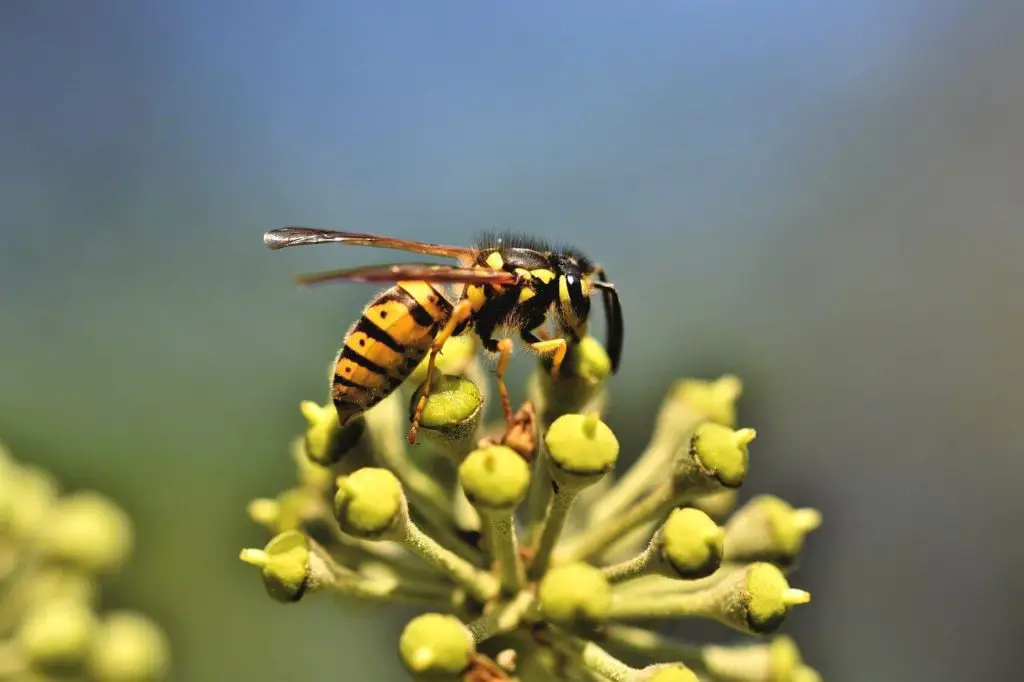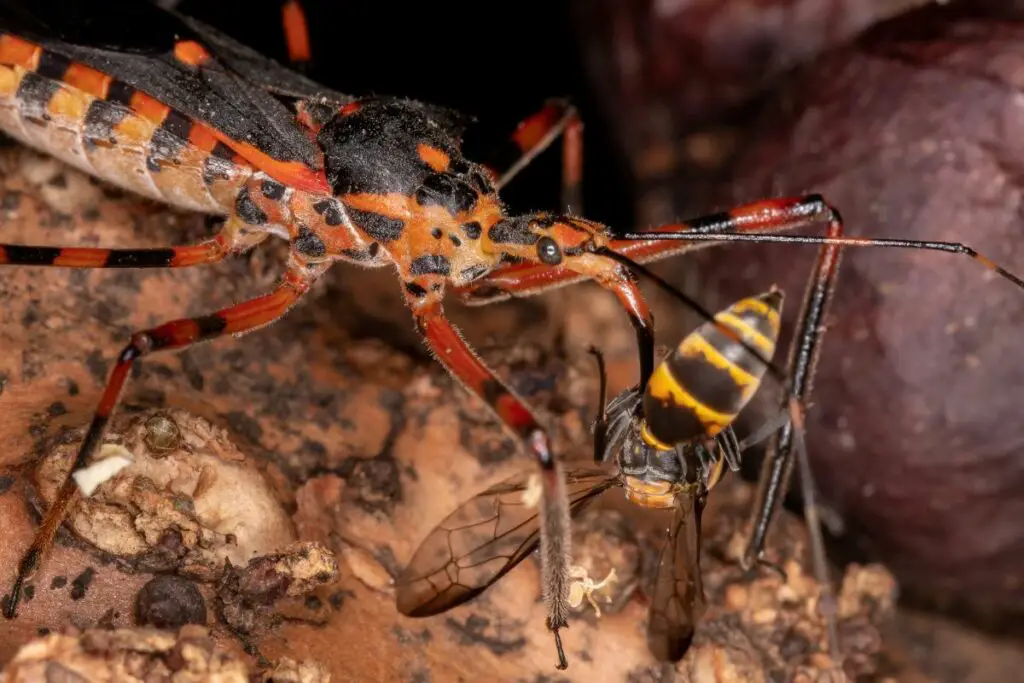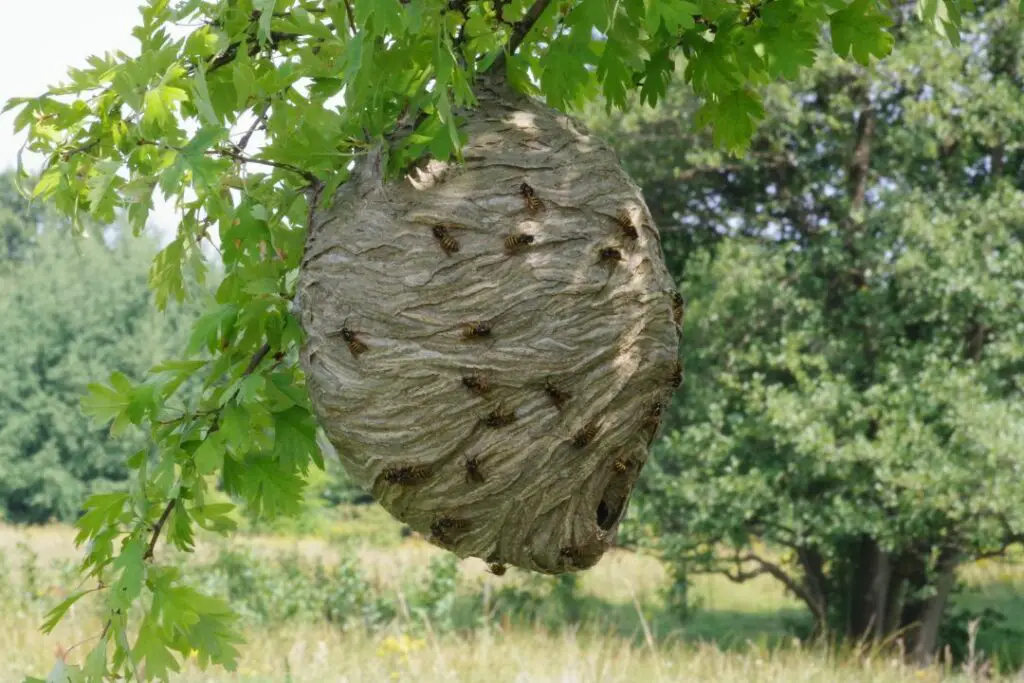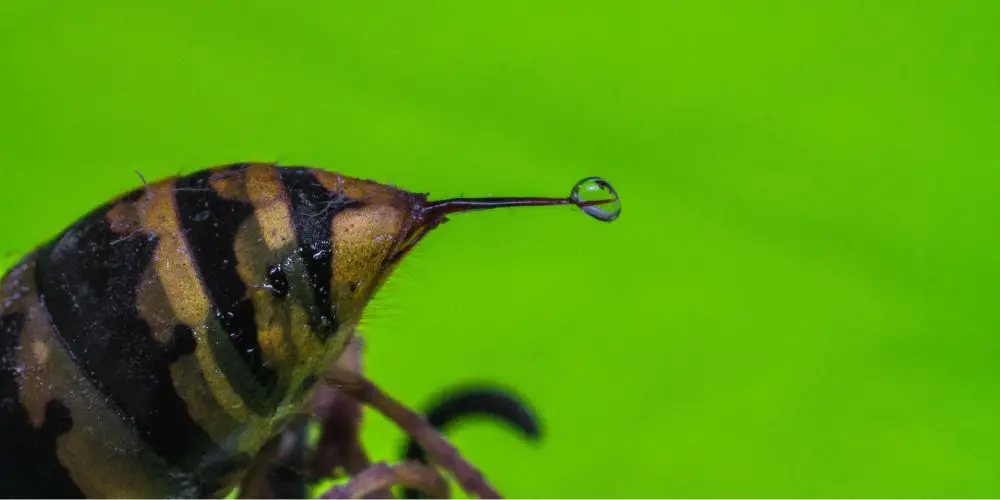Last updated on January 5th, 2024 at 02:12 pm
Killing a queen wasp is unlikely to destroy her colony during the later months of Summer. Killing a queen wasp in early Spring can lead to a colony collapse due to her responsibility for feeding the young worker larvae.
Much like some bee species, wasps have a matriarch that rules over the nest ensuring its continued growth and survival.
How do you know you’ve killed a queen wasp, what are the direct effects on the nest and other colony members, we’ll take a closer look at the exact effect queen loss has on a colony of wasps.
*Extra reading – You can learn more about wasps and their nests in our short read when do wasps die off?
How to identify a queen wasp
Unlike certain bee species like the honeybee and bumblebee, queen wasps can often be quite hard to differentiate from the rest of the nest inhabitants.
Paper wasps have no distinctive visual difference between the queen and the rest of the wasps in the nest.
In other species like Yellow Jackets, the queen displays a longer abdomen approximately 19 mm (0.75 in) long as opposed to the smaller frames of the other wasps in the nest at approximately 12 mm (0.47 in).
Yellow Jacket queens display other characteristics that vary from normal waps including a triangular head and a narrower waist than usual.
Any waps you see flying or on the ground in very early Spring or late Autumn will likely be Queens venturing out after hibernation or trying to identify a suitable location to hibernate for the winter.
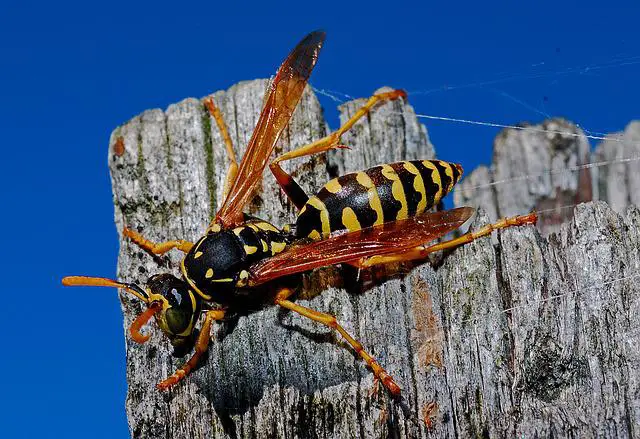
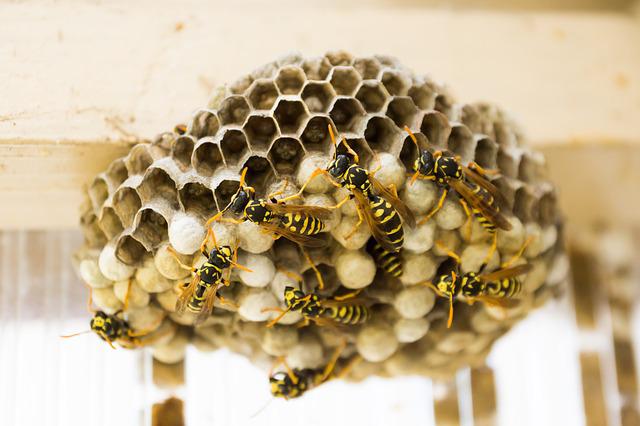
What happens if you kill a queen yellow jacket?
First of all, I’d like to clarify that you should never actually attempt to kill a queen wasp both for ethical reasons and for your own safety.
If you’re worried about the safety of your loved ones, pets, or property you should always contact a professional who can access the wasp nest and recommend/ carry out an appropriate course of action.
The time of year a queen wasp is killed will greatly affect the outcome and repercussions it has.
Killing a queen wasp in early Spring
Without a doubt, the most harmful time to kill a queen wasp is during early Spring.
Queens will either be in the stage of identifying and locating a spot to nest or in the very early stages of beginning to raise their young larvae to begin their colony.
These larvae will be sterile female workers tasked with helping the new queen build the nest after they reach maturity.
If a queen dies while in the initial stage of searching for a new nest, you will essentially erase that colony’s chance of ever existing in the first place.
If the queen wasp expires while it is responsible for feeding and raising its larvae the now orphaned larvae will not yet be self-sufficient and will likely starve to death in the following days.
Either of the above is catastrophic for wasp colonies and should be avoided at all costs.
- 🐝🐝🐝 Wildlife Gifts To Help Bees & Pollinators - Your Bee Revival Keyring contains a special...
- 🎁🎁🎁 Bee Gifts For Women - Give the gift of giving with our bee accessories from Revive a...
- 🌱🌱🌱 Plantable Seed Paper Packaging/Seed Gifts - What makes the perfect eco gift? We think...
- 🌍🌎🌏 Planet Friendly Gadget Keyring - A great gift for a friend or loved one who cares about...
- 🐾🐾🐾 Supports Rewilding Britain - A percentage of every sale will be donated to Rewilding...
Killing a queen wasp in mid Summer
By mid-summer, the nest will be in full swing with the initial larvae now juvenile wasps.
After the nest has been completed the queen stops foraging and focuses solely on nursing and egg-producing.
Her ovaries develop, and the abdomen becomes much heavier and distended with eggs, due to this extra weight and new responsibilities the queen wasp loses the ability to fly.
Initially, the focus is solely on producing sterile female worker wasps to strengthen the nests foraging capabilities.
After this period the queen will begin to lay newly fertilized eggs to eventually succeed her as the queen of the nest.
In the unlikely case that the queen was killed during this period it will have little to no effect on the nest as her successors will be fed and raised to maturity by the remaining female worker wasps.
Killing a queen wasp in Autumn
By Autumn the original queen will have passed away after serving her primary purpose of raising the next set of queens.
As the temperature begins to reduce the virgin queens within the hive will take the flight to begin their own journey, ensuring the continued survival of the wasp species as a whole.
This will involve leaving the nest to find an appropriate mate and following this the search for a suitable area to hibernate over the coming winter months.
Each wasp nest will always raise more than one virgin queen so killing a queen wasp in Autumn will only stop the potential formation of a new nest.
By raising more than one queen the species increases its chances of other queens successfully surviving the winter and successfully building a new nest in Spring.
Should I kill a queen wasp?
You should never attempt to hurt or kill a wasp of any kind at any time, period. If you feel in danger due to living in close proximity to wasps you should contact your local pest control professionals.
We strongly recommend removing any wasp queens, workers, or nests using ethical, planet-friendly methods that do not harm the nest or its inhabitants.

